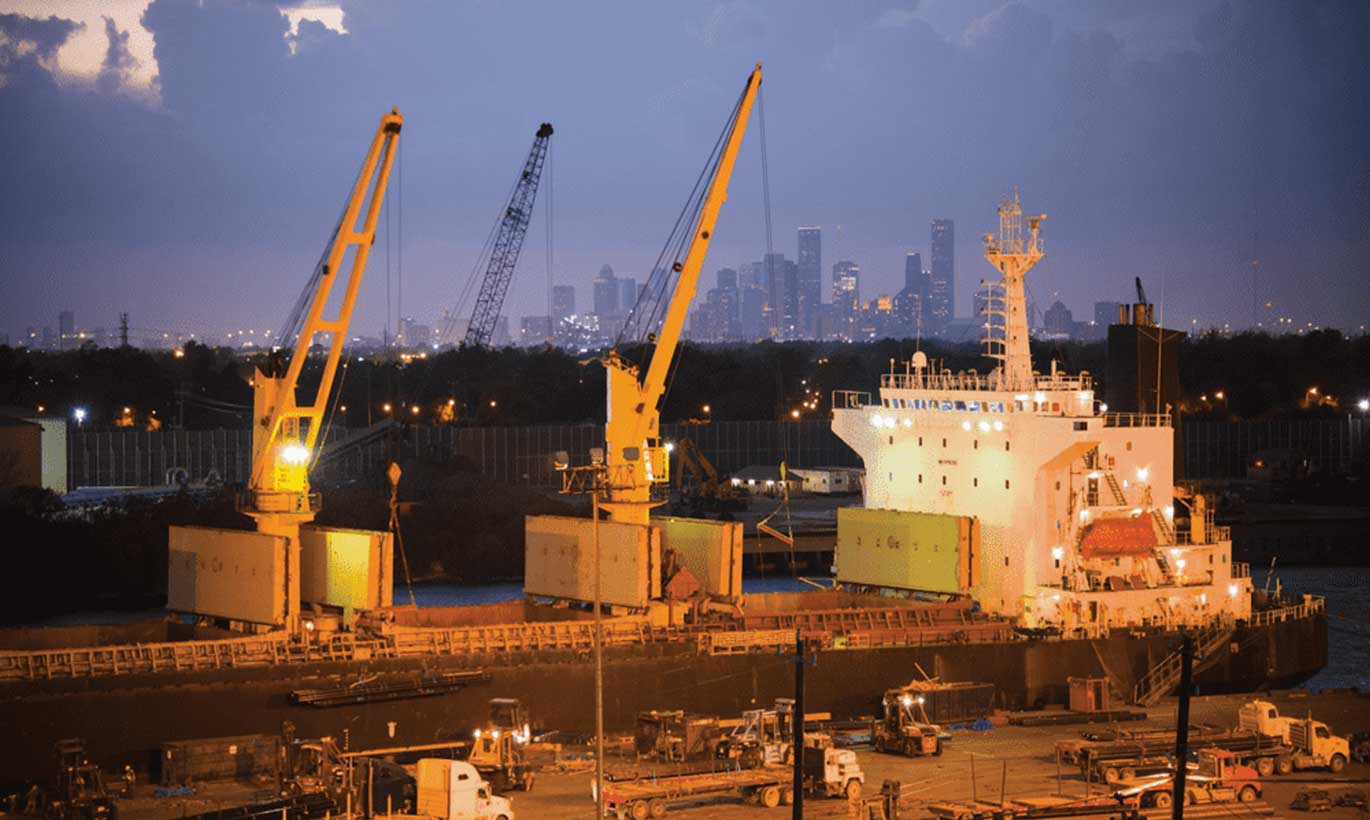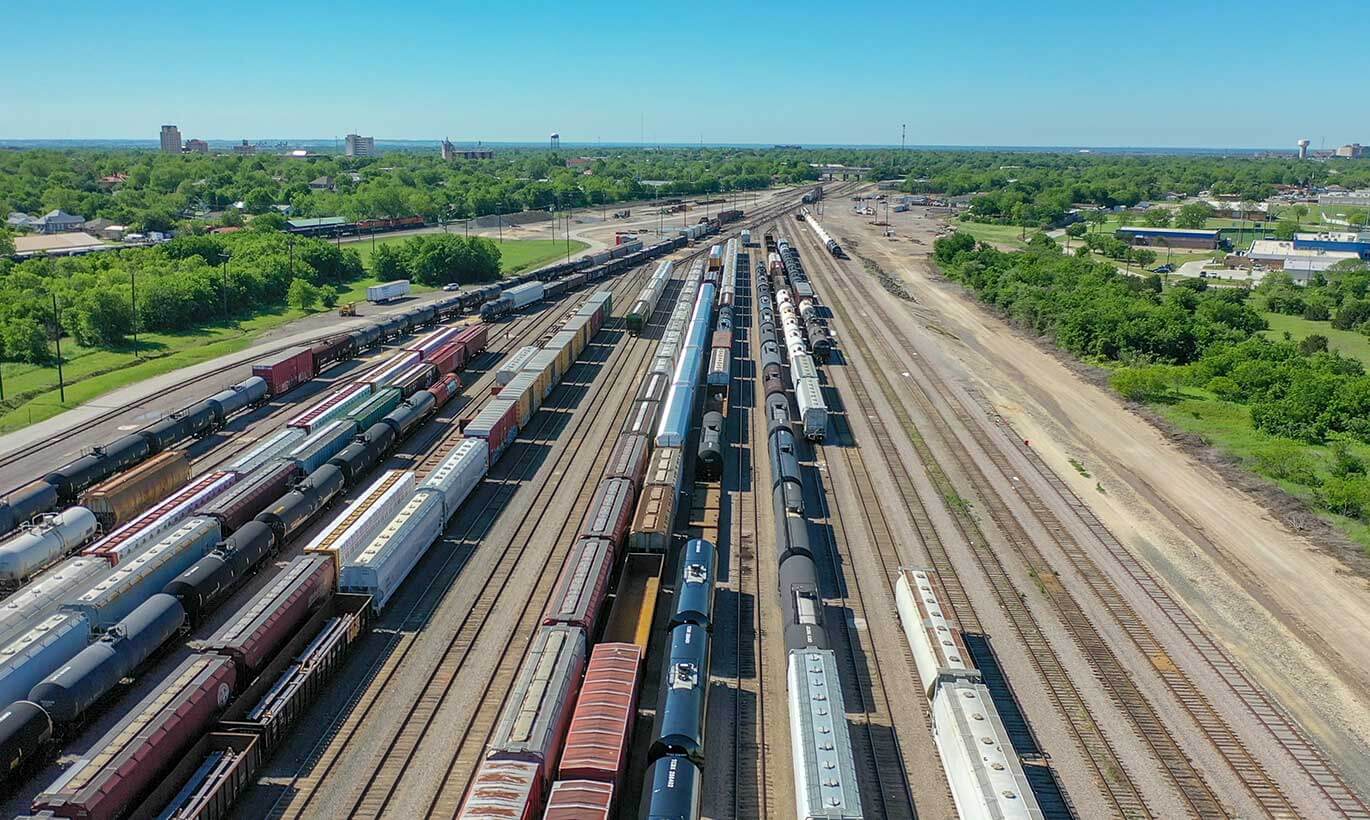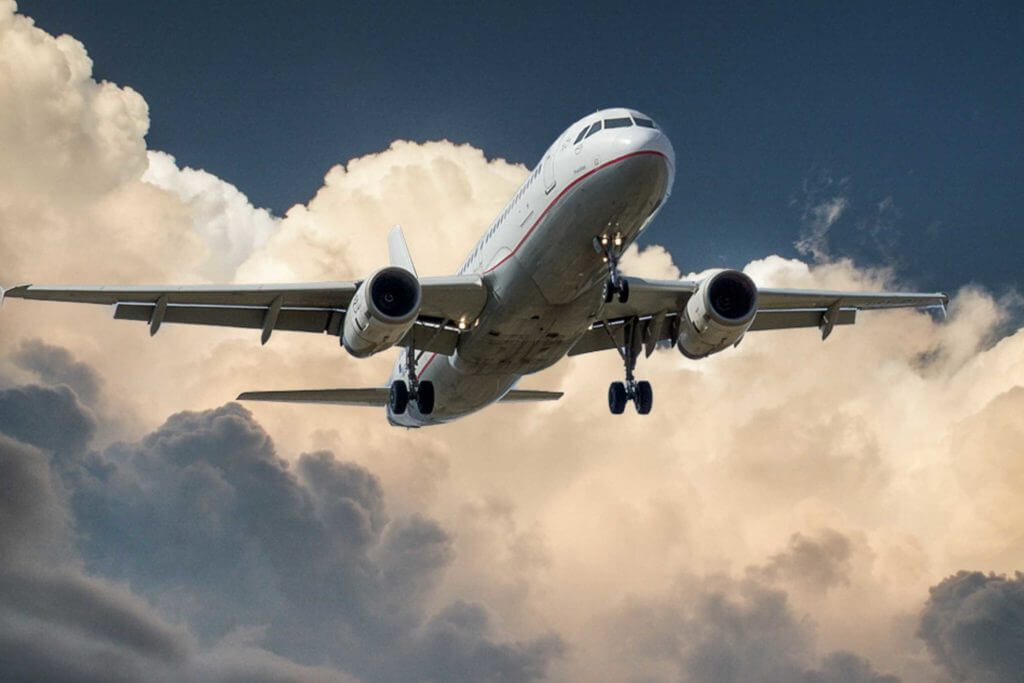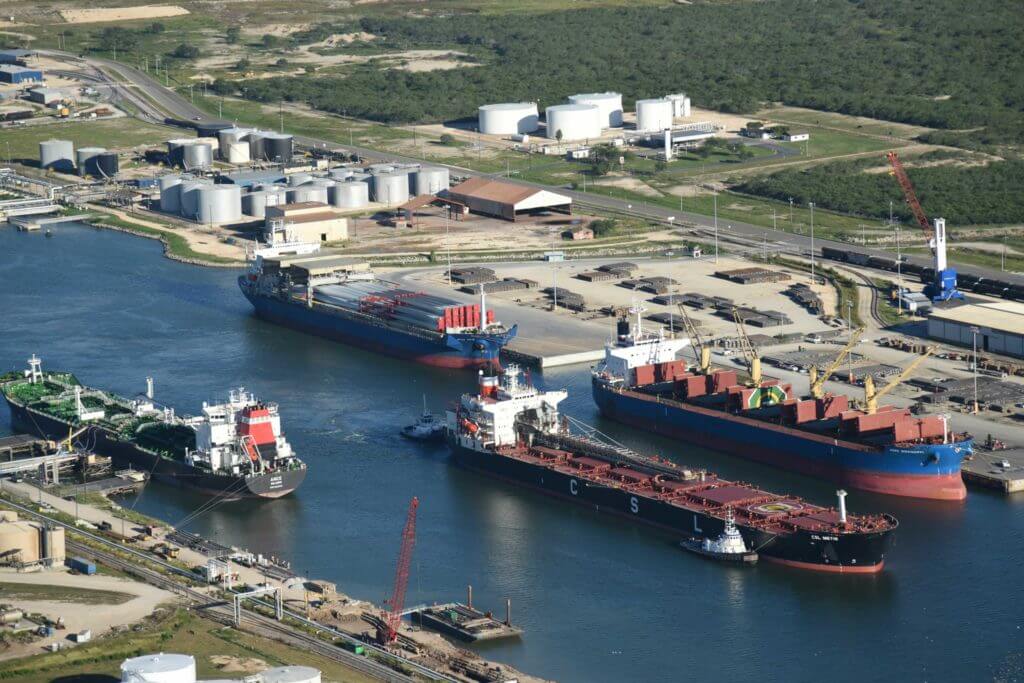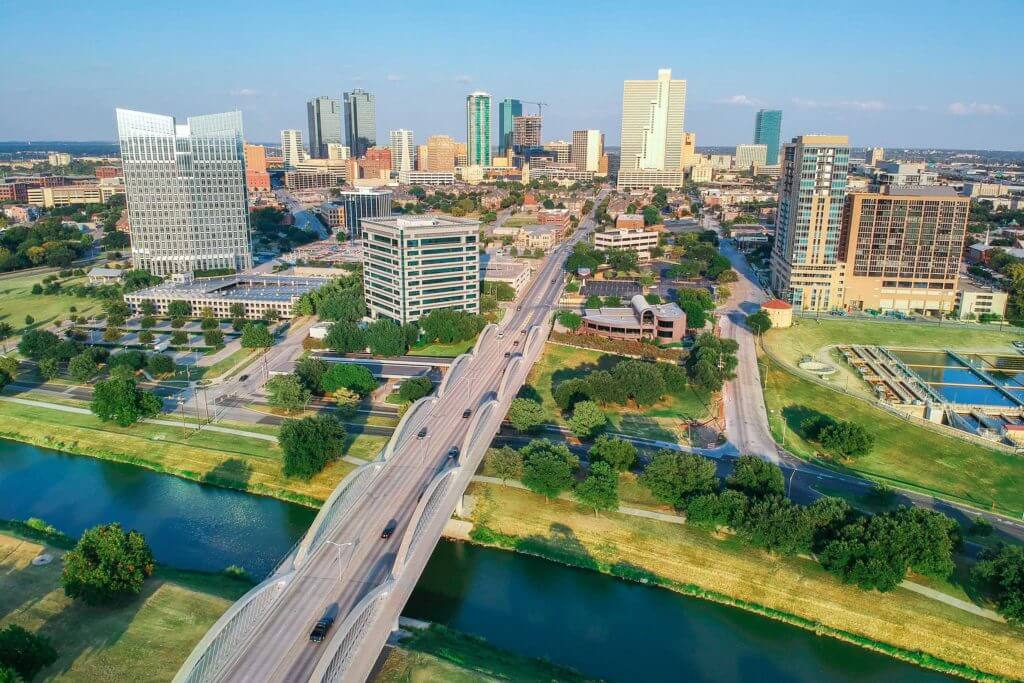Multimodal Access to the World
Reach all major domestic and international markets from Texas by land, sea and air.
“No state handles more of America’s cargo than Texas,” a CNBC’s data analysis concluded. “In fact, no state comes close.” Texas’ central location, ports, and investment in road, rail and air networks have put it above all other states when it comes to the movement of people and goods. The state’s infrastructure has led to it being the nation’s top exporter for 21 consecutive years; having more miles of public roads and freight rail than any other state, at 313,220 miles and 10,539 miles, respectively; and boasting the nation’s No. 1 airport for a number of domestic destinations.
Without top infrastructure, businesses cannot thrive. When it comes to business infrastructure needs and availability, Texas delivers.
Infrastructure in Texas
There are so many reasons to bring business to Texas, including highly attractive Texas business incentives and robust Texas workforce development. The quality of Texas infrastructure is another major consideration.
In 2021, Site Selection magazine named Texas #1 over all other states on its Global Groundwork Index. It refers to the combination of the power of corporate facility location and expansion with the underlying, long-term strength of infrastructure projects as providing the makings of an economic juggernaut.
The Future of Texas Infrastructure
Expect the state’s world-class infrastructure to only improve in the future, further enhancing the quality of life in Texas. The Lone Star State invests big in infrastructure and businesses can take advantage of this ongoing development.
The evidence is clear that ongoing, vital transportation improvements are keeping the Texas economy healthy and business-friendly.


